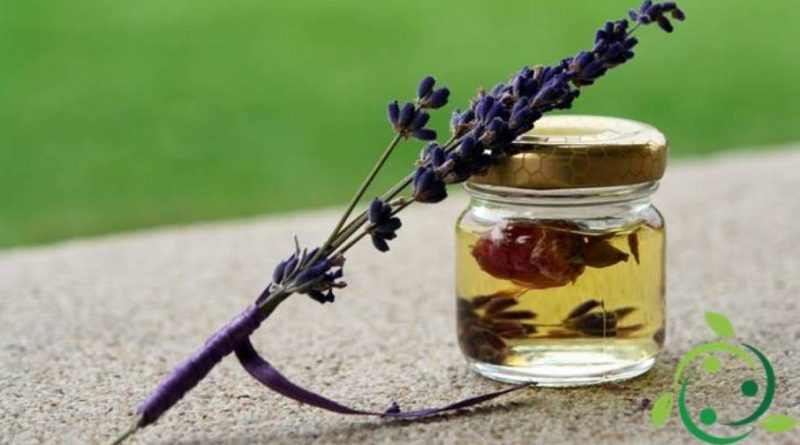How to make essential oils in a traditional way
How to make essential oils in a traditional way
The aromatic plants that contain a high content in essential oils are above all: Mint, Rosemary, Lavender, Thyme, Sage, Savory, etc. The extraction of essential oils can also be done in a traditional way, let’s say at home, it is enough to have some notions useful for carrying out the operation.
In order to avoid operations with improvised machinery (and that could be dangerous and give a poor product) it is good to bring a small distiller that can be purchased in specialized shops or on the internet. These are distillers with a capacity of a few liters and low cost (under 200 euros). In principle, for each liter of distiller capacity, it requires 150 gr of green parts of the plant to be distilled. So if you work with a small two-liter distiller you will have to work a mass of 300 g of green substance.
The first step is obviously to remove the twigs and leaves, avoiding those that are too woody and those that are too soft. Once the sample has been taken, a further roughing operation is carried out, eliminating those parts of the basal branch which would result in scarce quantities of essential oil. Remember that essential oils are present on the surface of the leaves, so it will not be necessary to chop the plant material for distillation and it is good to keep the branches intact, to ensure a better homogeneous passage of water vapor, avoiding the “cap effect” due to the compaction of the leaf mass during distillation.
Once the mass to be distilled has been prepared, we must introduce water into the distiller and make sure that the mass of twigs and leaves is homogeneous and not too concentrated in some points. At this point the distillator closes and we start the water heating phase (gas or electric depending on the type of distiller) and connect the refrigerant to running water to cause the famous condensation effect. The distillation starts already at 40 ° C but goes fully at around 80-90 ° C; at this temperature the flame level (or electrical resistance) can be reduced and the temperature of the cooling water must be kept warm. I remember that from this operation two products are obtained: the distillate that you will collect in special glass containers (or graduated cylinders) and the aromatic water that must however be collected as well.
After having finished the distillation, it is necessary to separate the essential oil from the aromatic water, which by color and density are easily distinguishable inside the collection cylinder. This operation must be carried out by pouring the contents of the graduated cylinder inside a separating funnel, let it sit for a few minutes and gradually open the funnel tap, dripping the aromatic water first (hydrolated) and then in a special bottle of dark glass the essential oil. Before the use of the essential oil it is necessary a maturation time which stabilizes the product and preserves it in dark glass nozzles away from heat sources.

